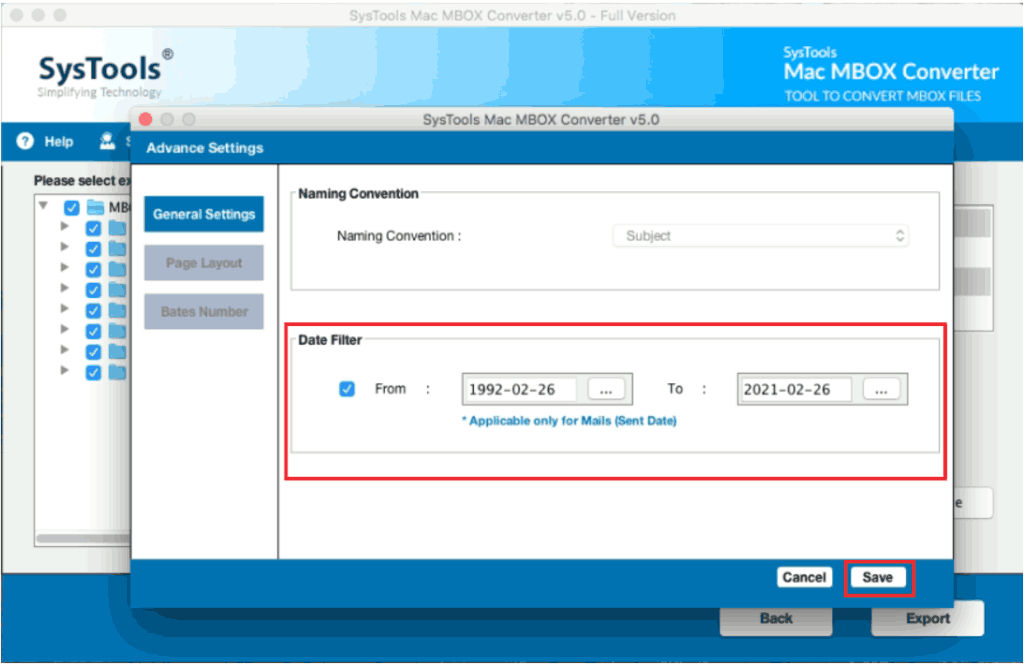
– Choose the “Encoding” tab and change the option under “Save this document as” to either “Unicode (UTF-8)” or one of the Japanese options. – In the “Save as type” box under the file name, select “CSV (Comma delimited) (*.csv)”, then click the “Tools” button next to “Save”, and select “Web Options”. – Then, go File -> Save As, and choose a location for your CSV. – When you have your Excel file ready, save it in Excel format somewhere safe, so you can return to it if needed. Unfortunately successive Office versions have hidden the solution further and further from view! Welcome to the wonderful world of “text encoding”! In general, Microsoft favours character sets that only include Latin characters, and I have faced the same problems working with Russian characters that you face here with Japanese. Click Save - DO NOT OPEN THE CSV FILE DIRECTLY WITH EXCEL Open a new worksheet in Excel (see below for Excel screenshots.) Select the Data tab. Set the Text qualifier as either double or single quotes.
#EXCEL FOR MAC SAVE AS CSV HOW TO#
Visit our Teach page to find out how our courses can help learn how to get the best from your data. Click on Export icon > Export Data to CSV and the Save as CSV Options box opens.

When I try to do replacement: sfnamereplace(sfname,'.xslx','.csv') I still have. Read Excel – Using Text Filters to find out how to filter based on the structure of information or Barry’s blogs here. Macro creates files with data but they saved in XLSX not CSV: and dialog have xlsx as default format: When Im trying to set FileFilter I have no files saved again (I assume Mac not supports this attribute). Have I missed something or has google put me wrong? If so let me know…īarry blogs about how to stop chaos in your systems For example, if you want to have tab delimiter or fix width (space) there are save as file type options available, however, given how easy the import wizard is I would have thought they would have done something similar.
#EXCEL FOR MAC SAVE AS CSV WINDOWS#
So in Windows 7, I found you must do the following to change the delimiter: After a little head scratching and a quick google, I found I had to make a global setting change in the control panel (Yes, that’s right). CSV format with Semicolon as a delimiter and encoded with Unicode. I use Excel 2010 and was expecting to be able to do something like ‘save as’ and select the file type ‘CSV (Comma delimited)(*.csv)’ and then have the option to select the delimiter like when importing a csv file. Hey, Recently I had a unique requirement during the Data Import process. On first glance it was not as simple I thought. Recently I was tasked to create a pipe delimited file from an Excel Spreadsheet, a simple task you would expect. xlsx Other file extensions associated with Microsoft Excel for Mac _xls Common file extensions used by Microsoft Excel for Mac xlsx file extension is used for Microsoft Excel Open XML workbook and spreadsheet Other file extensions or file formats developed for use with Microsoft Excel for Mac xlsm file extension is used for Microsoft Excel Open XML macro-enabled workbook xls file extension is used for Microsoft Excel 97 to 2003 workbook

Microsoft Excel for Mac default file extension associations The most common file formats used with the specific file extensions Although its likely, that some file extensions may be missing from the list of associated file extensions with the application, yet they can be opened, be part of, or otherwise be associated with the program. However most, if not all directly associated file extensions should be listed with its appropriate program. The list of extensions used or otherwise associated with the application may not be complete, because many common file extensions on our website, such as jpg (pictures) or txt (text files), can be opened by a large number of applications, or are too general file format. Note: You can click on any file extension link from the list below, to view its detailed information. Microsoft Excel for Mac works with the following file extensions:


 0 kommentar(er)
0 kommentar(er)
